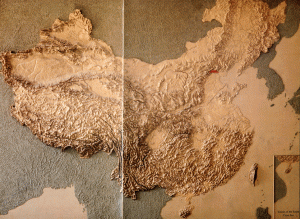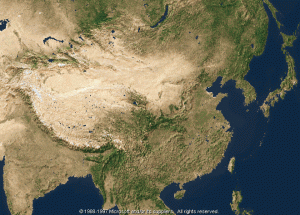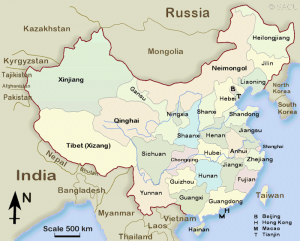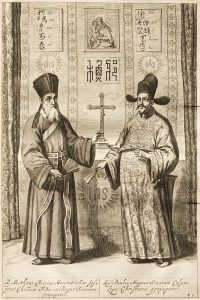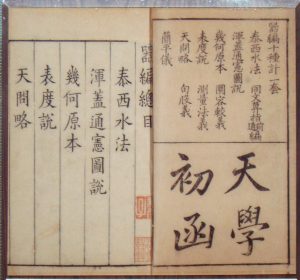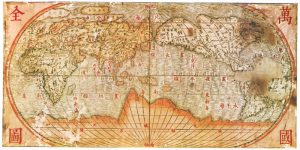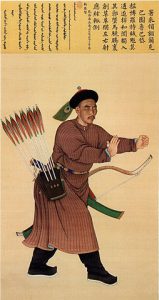Late Ming Crises
I. Factionalism and Political Protest
- Early Ming examples—e.g. Fang Xiaoru 方孝儒 (1357–1402)
- Factionalism in mid-Ming—Jiajing (1522–67) and Wanli (1564–1620) eras
- The Donglin Movement in late Ming—Donglin 東林 Academy (1604) … Gu Xiancheng 顧憲成 (1550–1612) … Yang Lian 楊漣 (1571–1625) … Wei Zhongxian 魏忠賢 (1568–1627)
II. Social Unrests in Late Ming
- Structural problems—decline of government efficiency … growth of imperial clan (~23,000 clansmen by the Wanli reign) … military campaigns (e.g., Imjin War [1592–98]; 26 million ounces of silver)
- Historical contingencies—”little ice age” … famine (1627–28) … shortage of silver
- Rebellions—Zhang Xianzhong 張獻忠 (c. 1605–1647) … Li Zicheng 李自成 (1605?–1645)
III. Founding of the Qing Dynasty (1636–1912)
- The “Manchu” conquest—Nurhachi (1559–1626) … banner system … Abahai (r.1626–1643) … Wu Sangui 吳三桂 (1612–1678)
- Resistance—Yangzhou massacre (1645) … “Southern Ming” … Zheng Chenggong 鄭成功 (1624–1662) (in Taiwan) … “Three Feudatories”
IV. Qing Administration
- Basic administrative structure
- Concerns and Innovations
- Early Qing rulers—Kangxi 康熙 (r. 1662–1722) … Yongzheng 雍正 (r. 1723–1735) … Qianlong 乾隆 (r. 1736–1795)
- Territorial Expansion
V. Concluding Thoughts: Multi-ethnic Empire
Discussion
- Dynastic transitions were seldom peaceful. In the case of Yangzhou in 1645, what might have made the experience even more tragic and painful?
- How would you describe the historical place occupied by Zheng Chenggong (1624–62), a sea lord born to a Chinese father (Zheng Zhilong) and a Japanese mother? How did his experience/career reflect the broader changes in seventeenth-century East Asia?
- For the Manchu rulers, head-shaving seemed to be an important gesture? How would you make sense of this emphasis?
Maps
External links to Maps:
History in Maps | Ming Dynasty | Qing Dynasty
Physical Map
Source: National Museum of Chinese History, ed., A Journey into China's Antiquity, vol. 1 (Beijing: Morning Glory Publishers, 1997), pp. 8–9.
Physical Map by Satellite
Administrative Map
Source: SACU
Images
References
- Crossley, Pamela Kyle. The Manchus. Oxford: Blackwell, 1997.
- Dardess, John W. Blood and History in China: The Donglin Faction and Its Repression, 1620-1627. Honolulu: University of Hawai'i Press, 2002.
- Elliott, Mark C. The Manchu Way: The Eight Banners and Ethnic Identity in Late Imperial China. Stanford: Stanford University Press, 2001.
- Ko, Dorothy. Teachers of the Inner Chambers: Women and Culture in Seventeenth-Century China. Stanford: Stanford University Press, 1994.
- von Glahn, Richard. Fountain of Fortune: Money and Monetary Policy in China, 1000-1700. Berkeley and Los Angeles: University of California Press, 1996.

